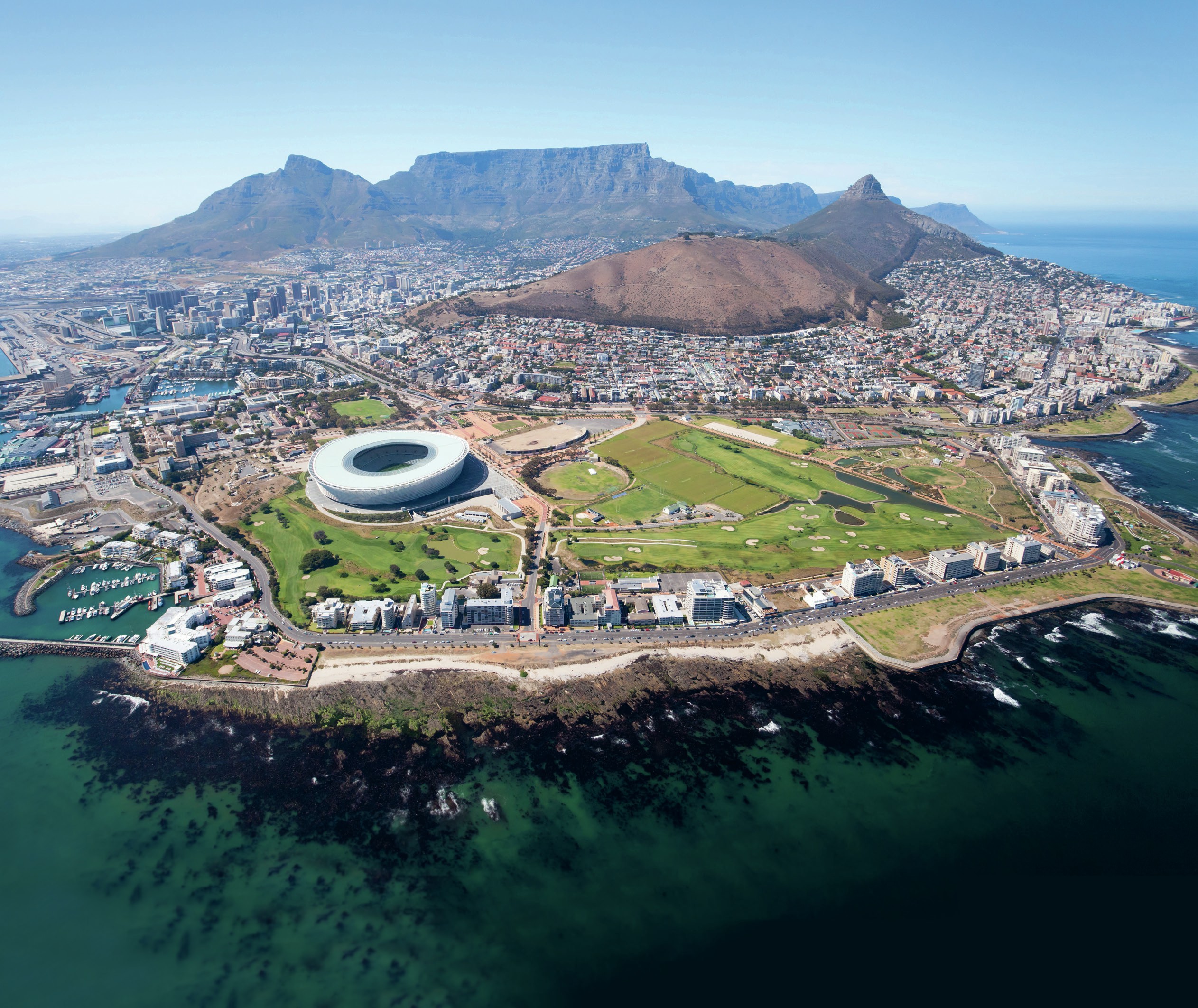
Cape Town is a city of four million people in South Africa.Recently, rapid population growth and extreme drought led to an announcement by South African leaders that citizens in Cape Town (often referred to as Capetonians) would face ‘Day Zero’ during April 2018. Day Zero was the day when the city would be forced to shut off water taps to all homes and businesses. In the middle of a 3-year drought the six main reservoirs which supply water to Cape Town were extremely low, at an average of 20% of their capacity, and officials planned to turn off the taps when they reached 13.5%.
Capetonians had been urged to consume less water months before the announcement of Day Zero. But at the end of 2017 fewer than 50% of the residents were taking measures to reduce their water usage. As reservoir levels continued to drop and drought conditions continued city officials knew that there was a real possibility that water demand would outstrip supply and the city would run out of water.
Your organisation does not have access to this article.
Sign up today to give your students the edge they need to achieve their best grades with subject expertise
Subscribe




